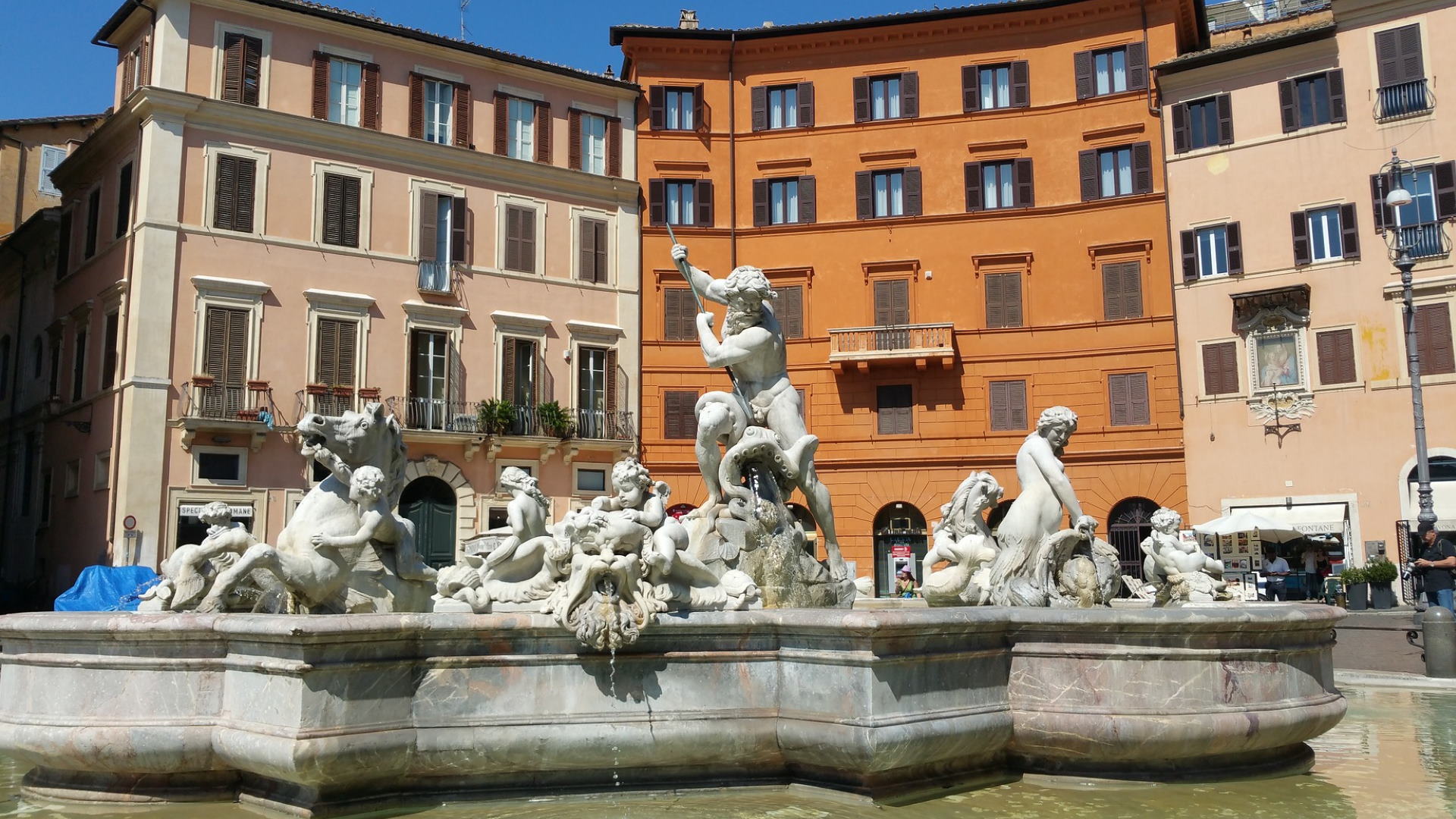
At the northern end of Piazza Navona – which it embellishes together with the Fountain of the Four Rivers and the Moor Fountain – it was once known as the “Calderari fountain”, because it was located close to a small alley full of shops of pots and pans’ makers and sellers.
Together with the Moor Fountain, sitting at the opposite end of the square in front of Palazzo Doria-Pamphilj, it was the first commissioned to Giacomo Della Porta by Pope Gregory XIII in 1574, immediately after the restoration of the Aqua Virgo aqueduct and the creation of a continuation water supply pipe towards the area of the ancient Campo Marzio. The only subsequent intervention of some importance, by Bernini, was the removal of the steps on which it was placed and the gate that circumscribed it and the construction of a larger basin around the fountain.
Its decoration was not carried out at the time and the fountain survived for 300 years without sculptures. Only in 1873, following a competition launched by the Municipality of Rome, the fountain was finally completed by adding two sculptural groups, the Neptune fighting with an octopus by sculptor Antonio Della Bitta and the nereids, the sea horses, the cupids and the dolphins by Gregorio Zappala.
The heart of Rome: Piazza Navona and Campo de' Fiori
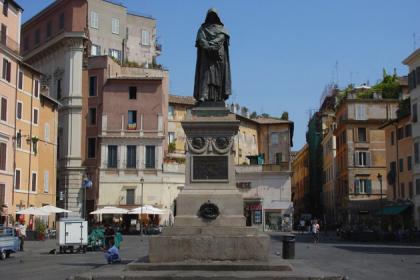
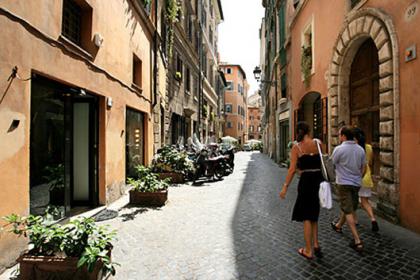
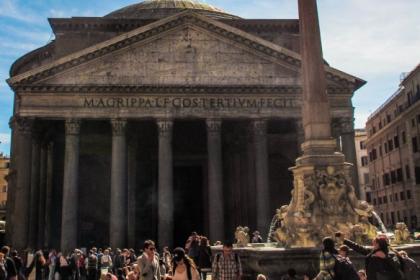
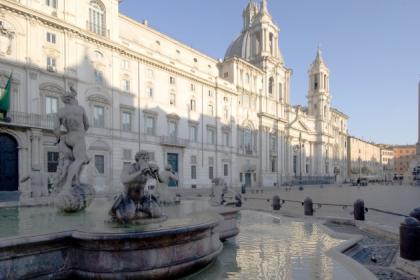
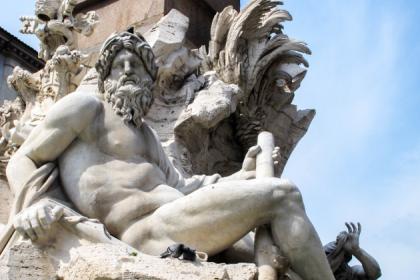
 Condividi
Condividi
Navona Square
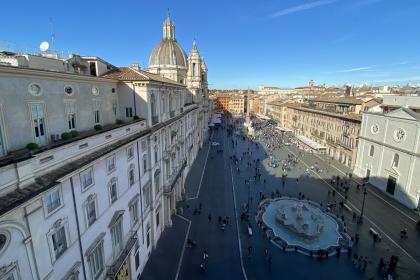
 Condividi
Condividi
The most iconic square of Baroque Rome
The Church of Sant'Agnese in Agone
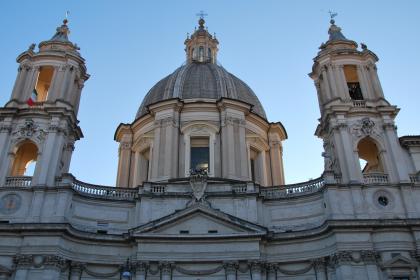
 Condividi
Condividi
The Fountain of the Four Rivers
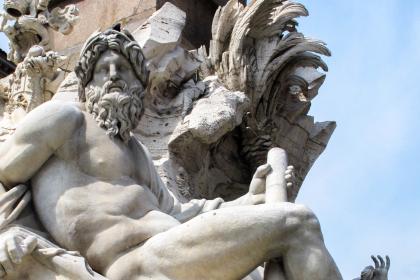
 Condividi
Condividi
The fountain of the Moor
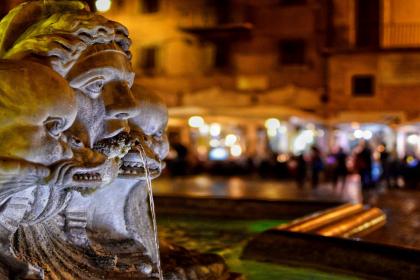
 Condividi
Condividi
Information
Check accessibility on Roma si trasforma website > www.romasitrasforma.it/en/interventi/culture/caput-mundi-restoration-fountain-neptune-piazza-navona
 Condividi
Condividi
Location
To find out about all accessibility services, visit the Rome accessible section.











































